What is a “sad girl?”
Back in the day, there was this archaic microblog thing called Tumblr where the sad girl subculture made its iconic debut. Demarcated by hashtags like #Prettywhenyoucry, this movement consisted of Lana Del Rey lyrics, black-and-white photos exhibiting sad captions and motifs including — but not limited to — cigarettes, drugs and self-harm.
These sad girls of generations past, however, were nowhere near as self-commodifying as the social media addicts and entertainment producers of today.
The Tumblr sad girls would simply post stream-of-conscious thoughts into the void. But any collective interest in Arctic Monkeys or hopelessly flawed female protagonists, as Mina Le puts it, “felt more like coincidence than a calculated attempt to aestheticize our own identities.”
In comparison, modern teens are so transfixed with chicly alluding to mental instability that “depressed girl aesthetic” is its own auto-fill on the TikTok search engine — and it has over 17.6 million posts.
This transformation of the sad girl to the “aesthetically depressed girl” is characterized by an overt display of romanticized mental illness.
Girls will post dramatic greyscale snapshots of themselves reading Sylvia Plath or Oscar Wilde with a voiceover saying, “She was depressed and sad and alone … didn’t really have friends” while melancholic music plays in the background. Sometimes it’ll be a loop of Megan Fox trying to hold back her tears with a caption about nonchalantly dissociating, or a clip of Alexa Demie sobbing and broken after her boyfriend abused her with lyrics of “Can you help me / I think I’m drowning” cycling on repeat. Usually, though, it’ll be a more direct compilation of beautiful sad girls looking into mirrors with the caption, “Sad girls looking in a mirror is my aesthetic.”
Whether it’s via creation or support through likes and comments, the promotion of this sort of content has resulted in a perverse culture that reinforces mental illness as an aesthetic. But where do these crazed teen girls get the means to create this content in the first place?
TV shows, films and music videos have always played into a certain image, whether inadvertently or not, when it came to portraying the beautiful but mentally tormented girl.
I was in middle school when “13 Reasons Why” first aired, revealing the 13 reasons why a young teen kills herself through the rose-colored gaze of the boy who fell in love with her. By the end of the show, viewers are left with the notion that if they kill themselves people will pay more attention to them. Suicide, self-harm, sexual assault and other tough topics are glorified and the show does nothing to help viewers struggling with the same burdens — if anything, it encourages further mental degradation.
The more recent examples undoubtedly are Sam Levinson’s “Euphoria” and “The Idol.”
The former stars Zendaya as Rue, a drug addict who suffers from bipolar disorder, anxiety, depression and obsessive-compulsive disorder. As the show’s protagonist, her tears drip with glitter, her frequent pill-popping is accompanied by dramatically reverent music and every time she helps someone else it serves as justification for her own self-destruction.
In “The Idol,” Lily-Rose Depp plays Jocelyn, a singer who recently dealt with the death of her mother amongst other traumas. The opening scene depicts her erotically writhing atop a table, wearing nothing but half a robe with empty pill bottles and uncorked tequila handles sprawled all around her. Though her dainty wrist is decorated with a hospital band that alludes to a recent mental breakdown so severe it required hospitalization, it goes unnoticed in her shockingly sexual presence.
In case it wasn’t clear, all of these characters look inhumanely perfect.
Hollywood casts these breathtakingly beautiful women as stars in shows that are supposed to depict coming of age. As a consequence, they’re serving as role models to the millions of young teens watching. The problem is that when these gorgeous girls do drugs, drink, induce vomit, self-harm or exhibit other symptoms of mental instability, they’re always glamorous.
Whether it’s through extravagant makeup, flashing neon lighting or the sexualization of girls truly suffering, producers are quick to employ universal qualities to fit these characters into a romanticized aesthetic that makes being mentally ill cool.
On the one hand, this glamorization completely diminishes what it actually means to suffer from mental illness and incentivizes the people who need help the most to not seek it. After all, who wouldn’t want to be described as “so Lana Del Rey?” On the flip side, those who don’t grapple with mental illness at all are encouraged to either become mentally ill or induce symptoms of it to be more interesting, aesthetic or to simply fit in.
The suffocating and harmful reality of deteriorating mental health has become commodified as an aesthetic for girls to try on as if it were no more than an outfit.
Depression has been reduced to pretty girls leaving red lipstick stains on cigarettes and reading Sylvia Plath. Anorexic? It’s okay, you’re just as disciplined and beautiful as a ballerina. Anxious? Do drugs and get plastered like all unstable popular kids on TV. Pushed to the edge and thinking of committing suicide?
At least you’re pretty when you cry.
Isabella Garcia is an economics sophomore and opinion writer for The Battalion.




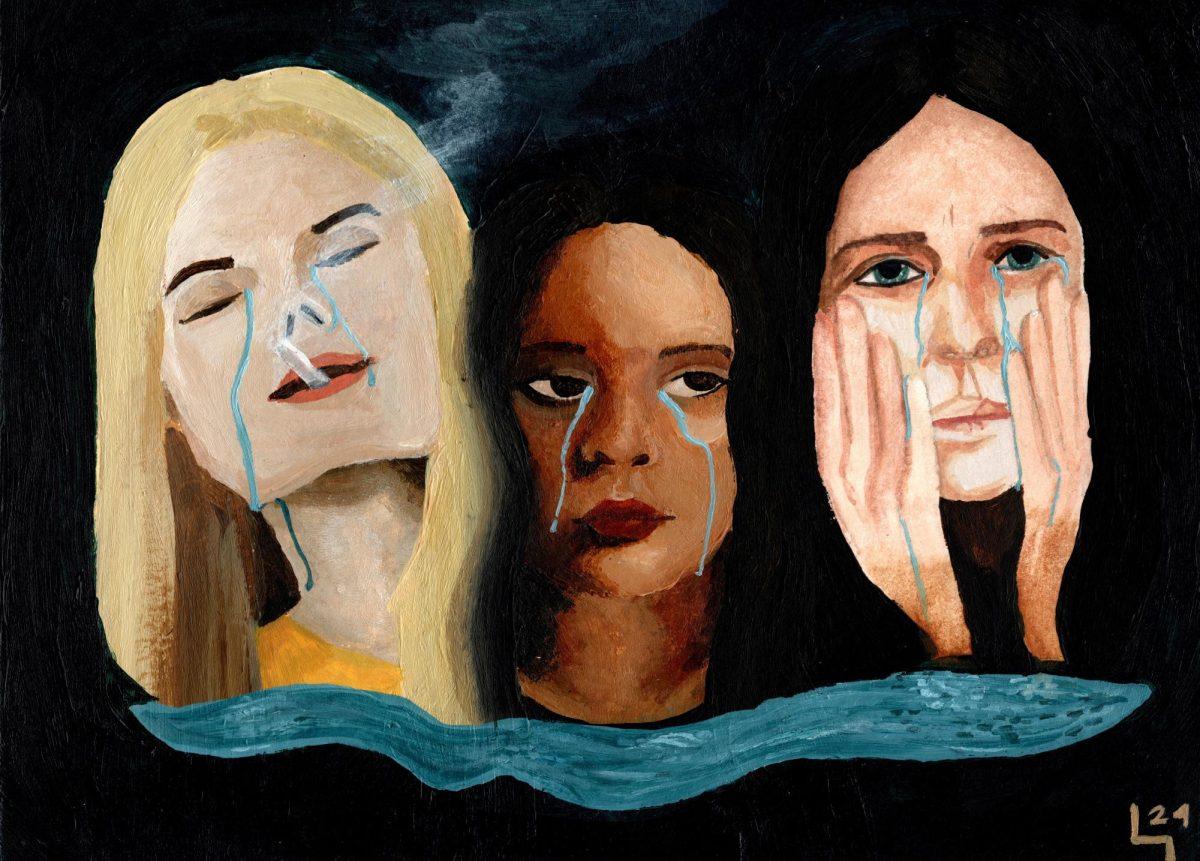




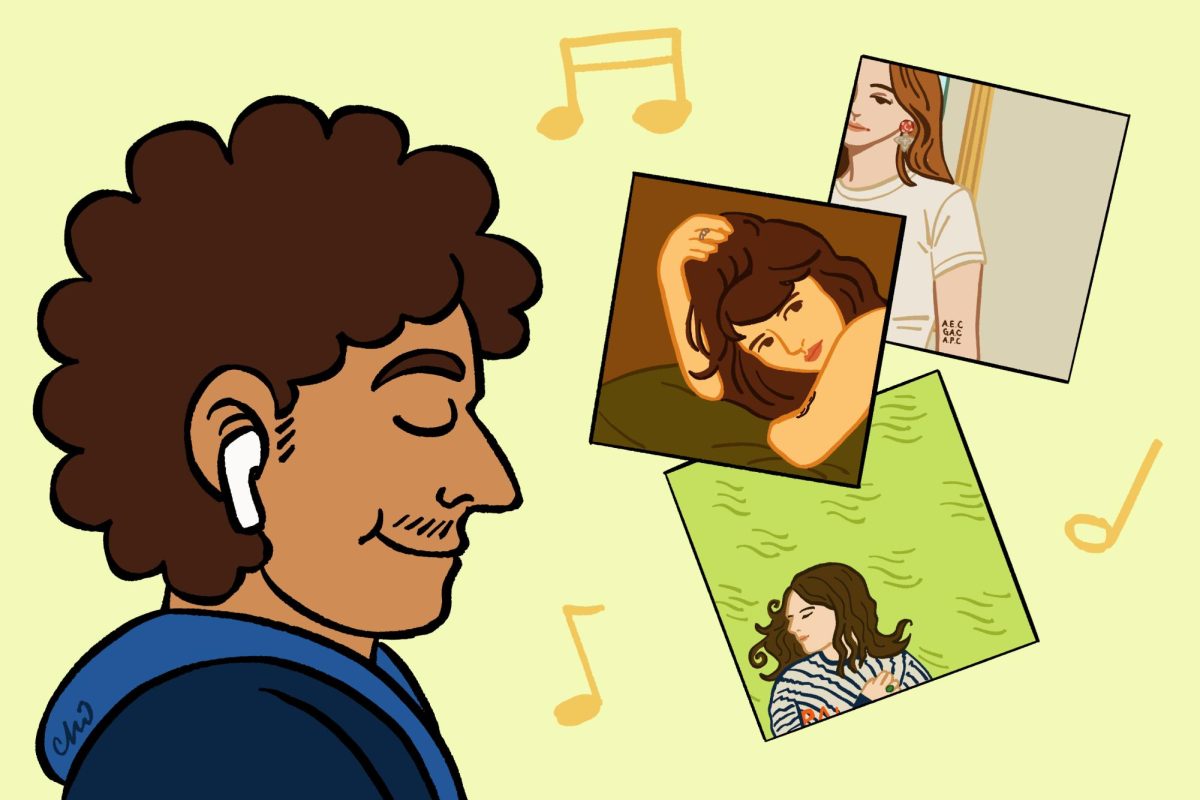






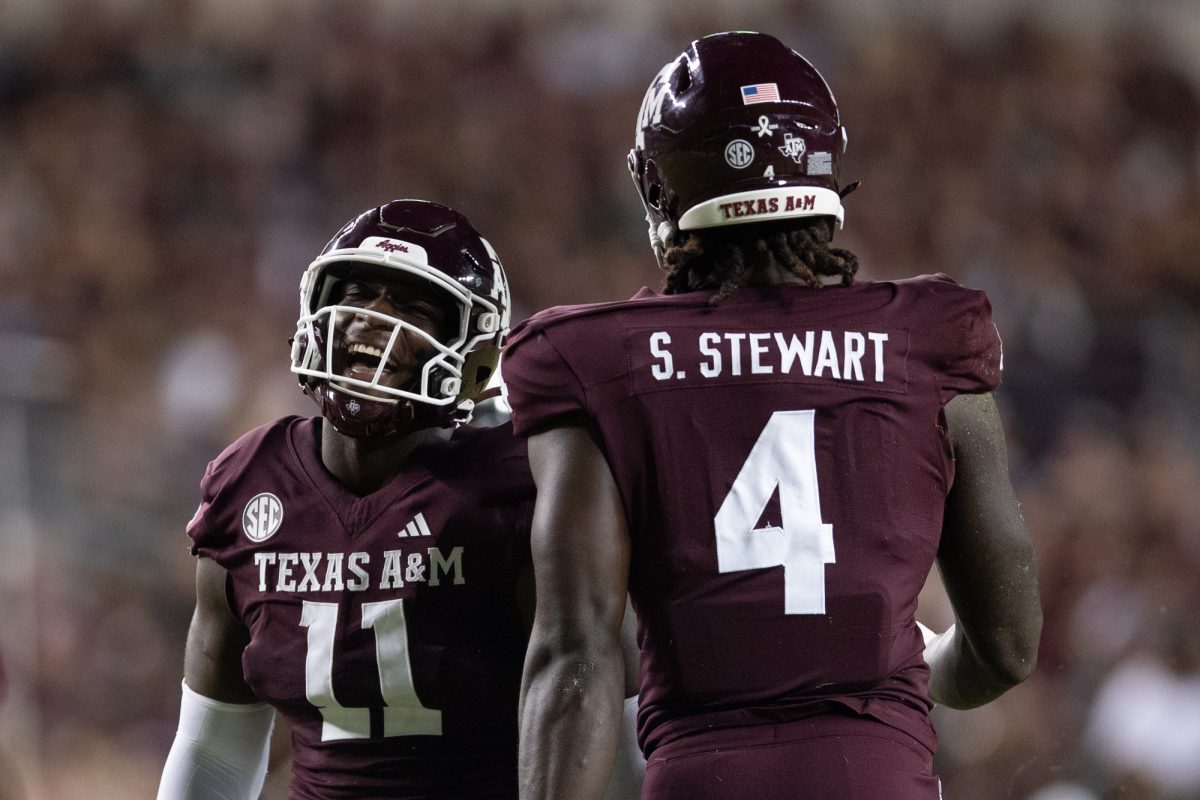


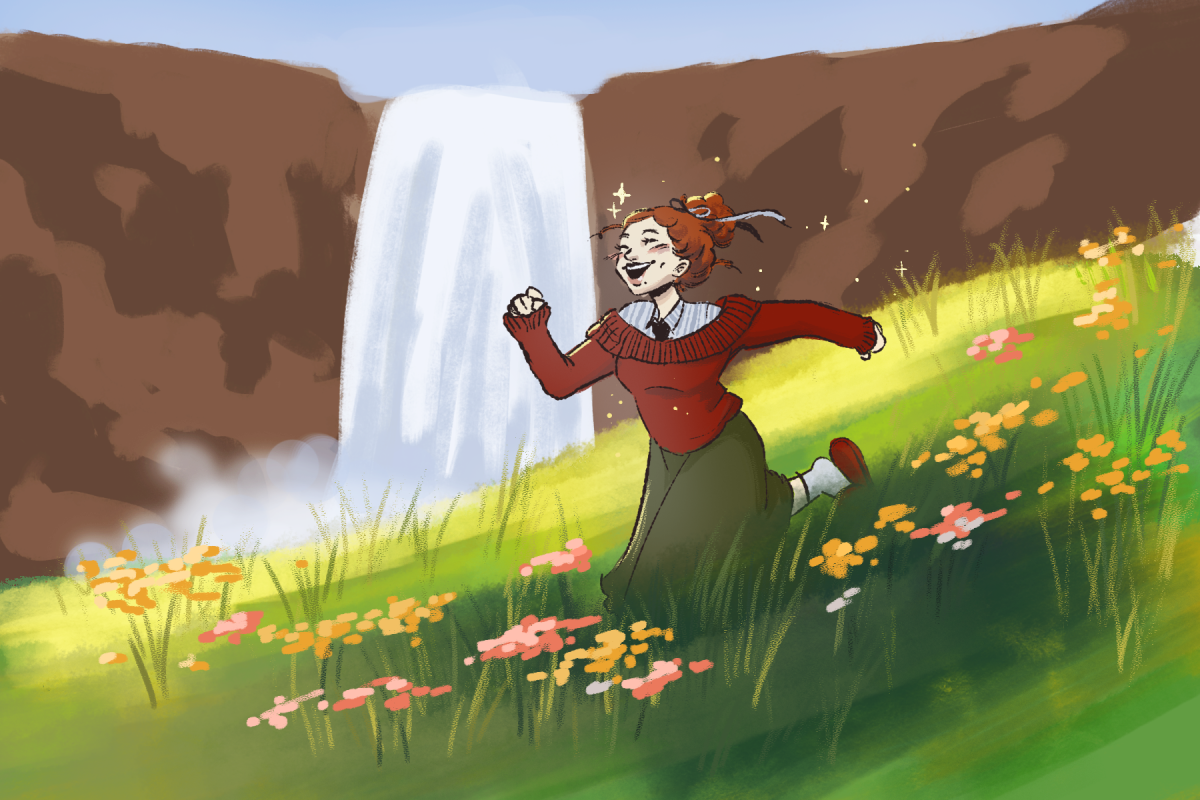
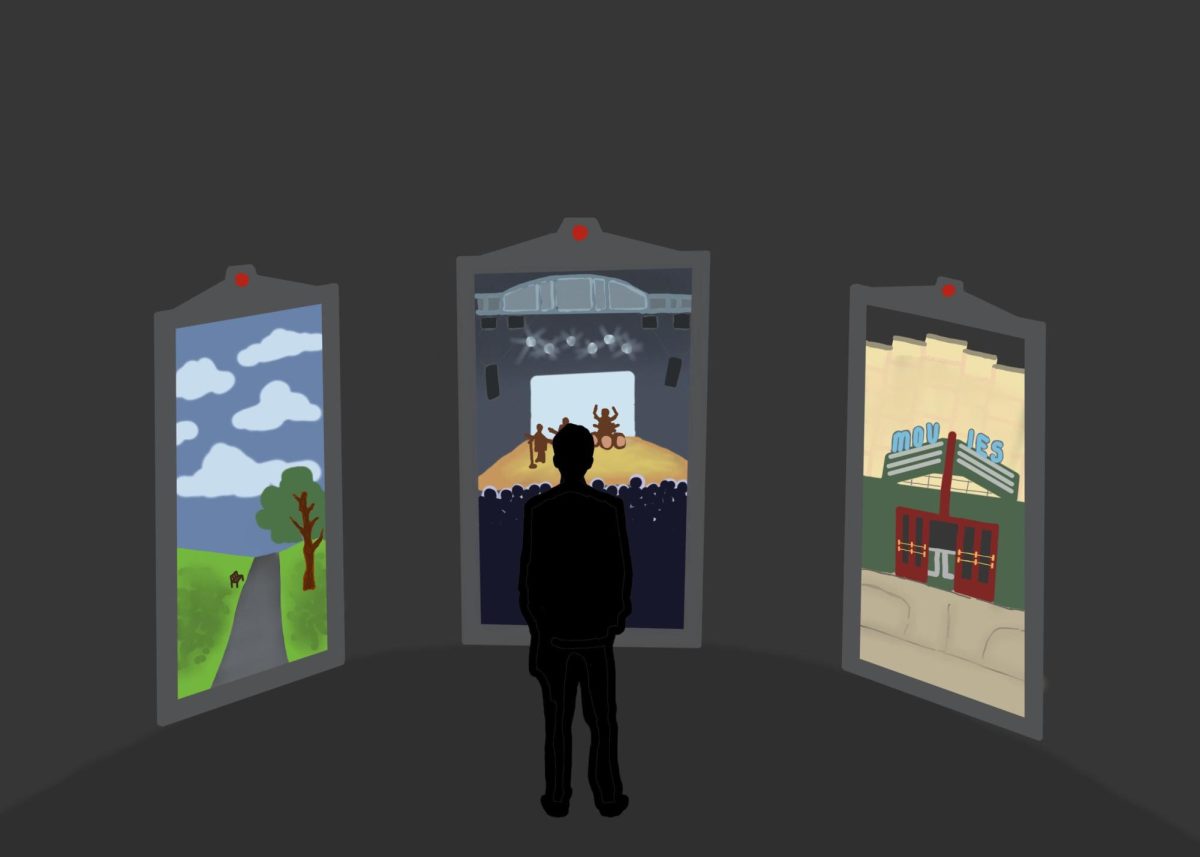
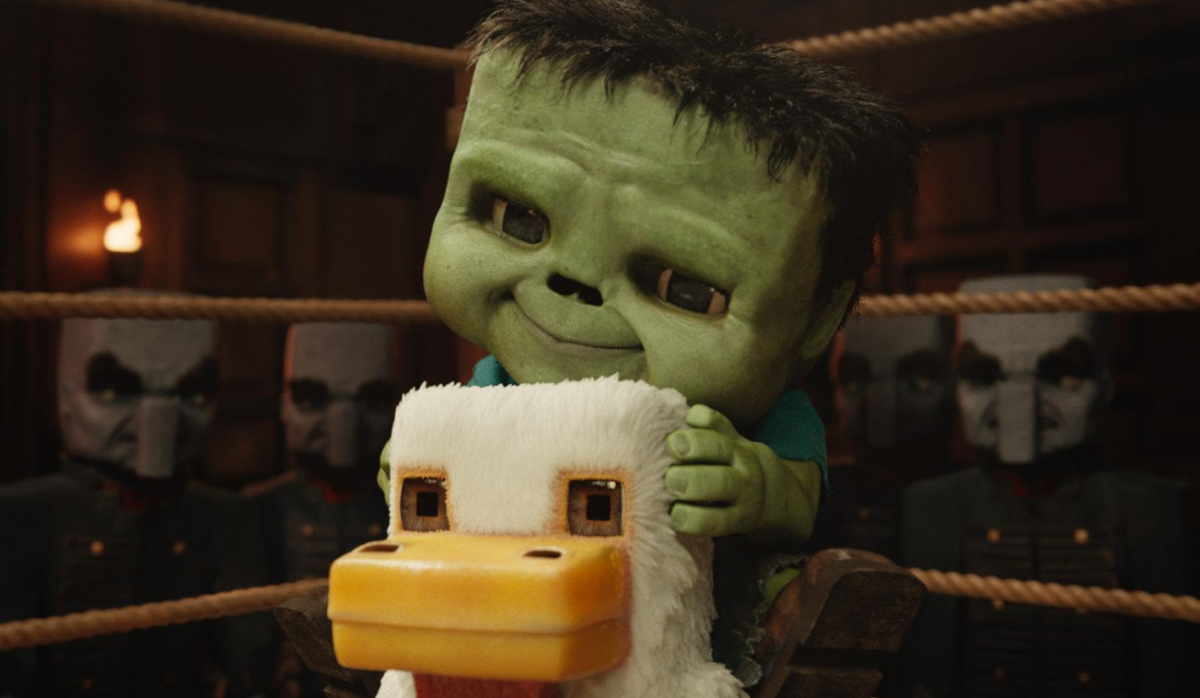

Jeffrey Cheung • Mar 1, 2024 at 9:45 pm
W ending had me jump
Theresa • Mar 1, 2024 at 11:38 am
Yup.. great examination.